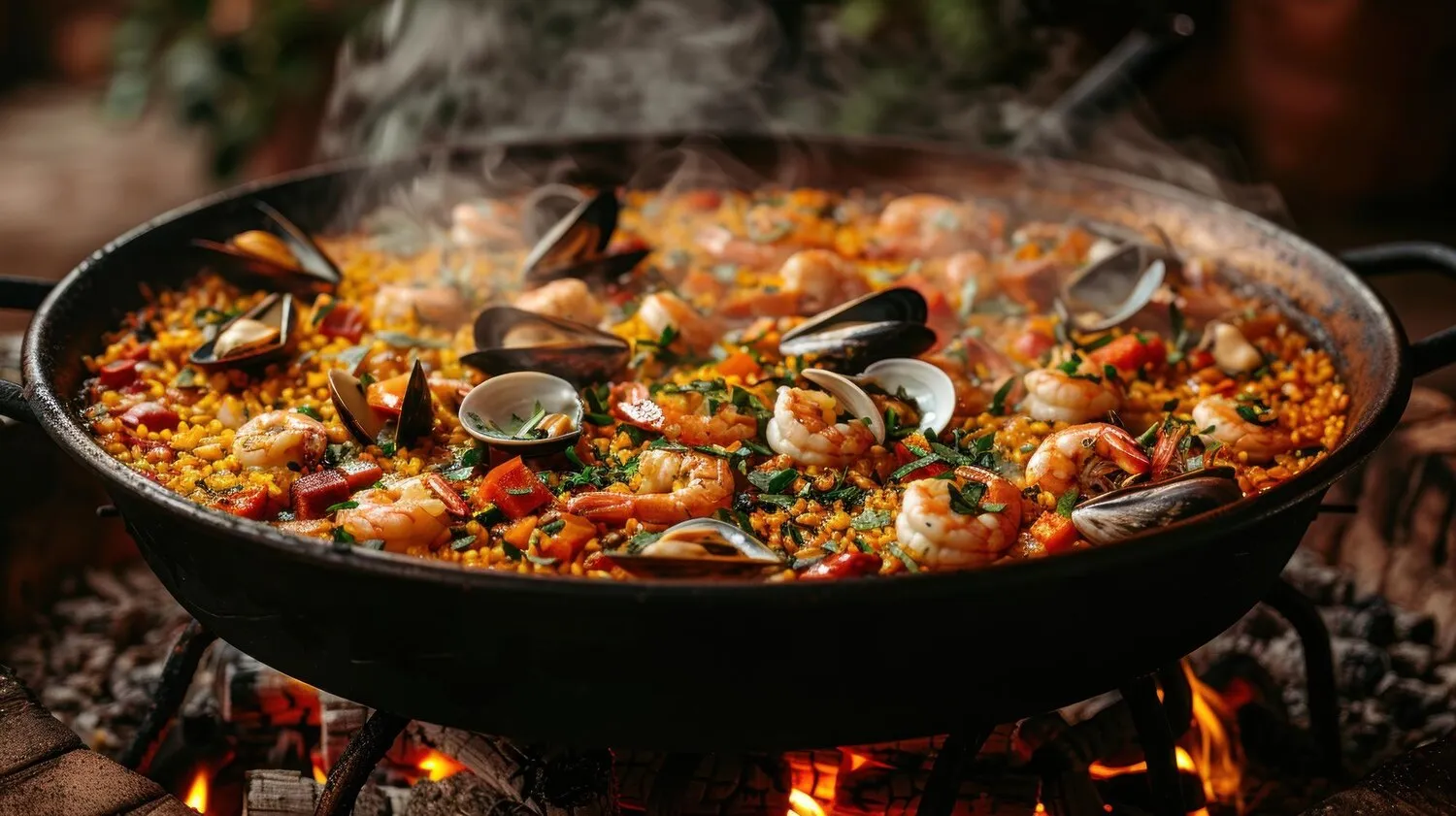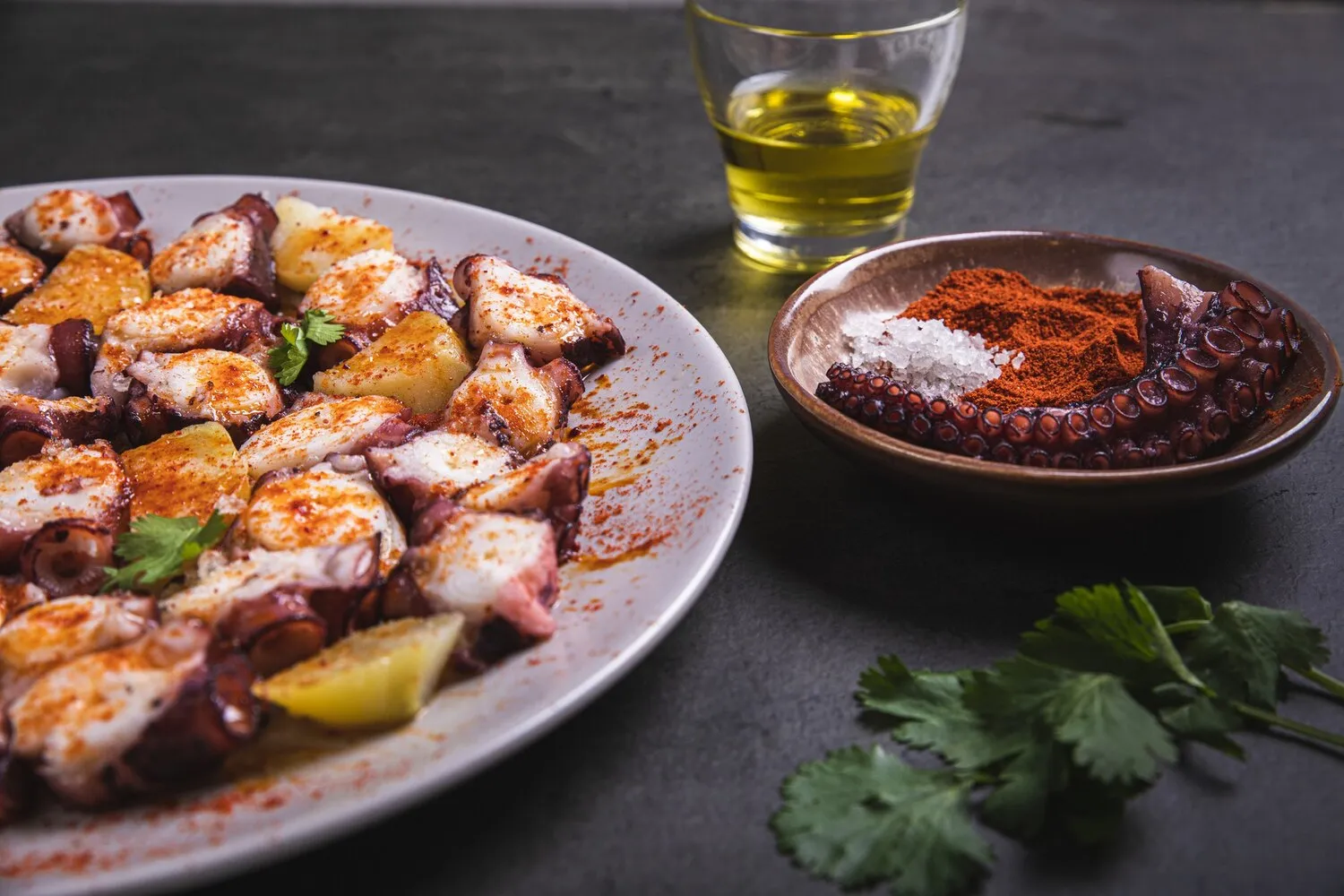
Atún encebollado
Tuna stewed with onions.
Nutrition Facts
* The % Daily Value (DV) tells you how much a nutrient in a serving of food contributes to a daily diet. 2,000 calories a day is used for general nutrition advice.
Atún encebollado's roots lie in the Moorish influence on Spanish cuisine, particularly in Andalusia. The Moors introduced the use of spices and slow-cooking techniques, which are reflected in the dish's preparation. Tuna fishing has been a vital part of the coastal economy of Spain for centuries, with ancient techniques still employed today. This dish provided a way to preserve and enjoy the abundant tuna catch.
Atún encebollado is deeply embedded in Spanish culinary culture, particularly in Andalusia. It is a common dish found in tapas bars and family kitchens alike, representing a tradition of simple yet flavorful cooking that celebrates local ingredients.
Family Meal
Atún encebollado is often prepared at home as a comforting and satisfying family meal, showcasing the importance of shared meals in Spanish culture.
Tapas Culture
It is a popular tapa, enjoyed alongside other small plates and drinks in social settings, highlighting the importance of socializing and sharing food.
Regional Variations
Variations exist across different regions of Spain, with some adding tomatoes, peppers, or different types of wine, reflecting the diversity of Spanish cuisine.
Seafood Heritage
This dish represents Spain's rich seafood heritage and its ability to create delicious meals from simple, readily available ingredients.
Atún encebollado features a rich and savory flavor profile dominated by the sweetness of slow-cooked onions, the umami of tuna, and a subtle tang from sherry vinegar or wine. The spices add warmth and depth, creating a comforting and satisfying meal.
The primary flavor components are: **Tuna:** Typically fresh tuna steaks or loins, providing a meaty and slightly oily flavor. **Onions:** Slowly caramelized, contributing sweetness and depth. **Garlic:** Adds pungency and aroma. **Sherry Vinegar or Wine:** Provides acidity to balance the richness. **Spices:** Paprika (sweet or smoked), bay leaves, black peppercorns, and sometimes cloves or cumin are used for warmth and complexity. **Olive Oil:** Used generously for sautéing and adding richness.
Caramelize the Onions Properly
Slowly caramelizing the onions over low heat is crucial for bringing out their sweetness and developing the depth of flavor in the dish. This process can take up to an hour, but it's worth the effort.
Use Fresh, High-Quality Tuna
The quality of the tuna significantly impacts the final dish. Opt for fresh tuna steaks or loins that are firm and have a vibrant color.
Don't Overcook the Tuna
Tuna can become dry and tough if overcooked. Cook it just until it's seared on the outside and still slightly pink in the center for the best texture.
Season Generously
Don't be afraid to season the dish generously with salt, pepper, and the spices. Taste as you go and adjust accordingly to your preference.
Explore additional Spanish dishes and restaurants
Explore SpanishDiscover top dining spots and culinary experiences in Cádiz.
Explore CádizLearn more about the food culture, restaurant scene, and culinary heritage of Spain.
Explore Spain
